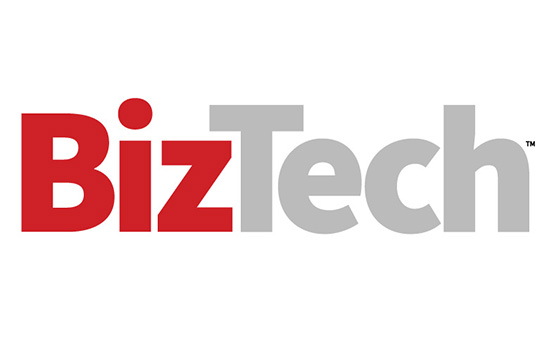1. AI-Driven Traffic Routing Reduces Latency
High-frequency trading firms exemplify the need for ultra-low latency and seamless network adaptability. Their success hinges on milliseconds — even microseconds — gained through optimized data paths. AI-driven SDN controllers predict network congestion points and dynamically reroute trading traffic to ensure uninterrupted flow, reducing jitter and latency.
Beyond HFT, blockchain-based and decentralized finance platforms also benefit. AI models help optimize routing across globally distributed nodes, improving transaction throughput and reducing confirmation times. For instance, if a node in Europe experiences a high load, the system can redirect transactions through less congested nodes in Asia or North America.
Practically, these AI-SDN enhancements translate into:
- Reduced latency and jitter that empower faster trade execution
- Dynamic routing for blockchain assets, improving scalability
- Real-time network-aware adjustments to trading algorithms, maximizing performance
Such responsiveness provides a competitive edge for trading firms and enhances user trust in digital financial products.
Real-world examples demonstrate the benefits of integrating AI into infrastructure. Cisco has enhanced its Application Centric Infrastructure with AI to improve security in hybrid and multicloud environments, enabling proactive threat detection and seamless adaptation to cloud growth. Similarly, Google’s B4 SD-WAN uses AI to optimize traffic management, provide self-healing capabilities and predict potential failures.
2. SDN Improves Financial Cybersecurity
Cybersecurity in finance has historically been a reactive game, patching vulnerabilities after breaches occur. The convergence of AI and SDN transforms this into a proactive defense system. AI algorithms continuously analyze network traffic patterns to detect anomalies that could indicate emerging threats, such as unusual access patterns or data exfiltration attempts. Leveraging historical data and real-time telemetry, AI predicts potential breaches before they materialize.
When suspicious activity is identified, SDN controllers can automatically isolate affected network segments, preventing lateral movement of threats. AI also orchestrates self-healing workflows that reroute traffic and initiate recovery protocols, minimizing downtime and financial risk. This AI-SDN synergy underpins modern zero-trust architectures, ensuring only verified and authenticated traffic accesses critical financial services, regardless of user location or device.
EXPLORE: Integrate your apps with CDW APIs for fast business exchanges.
3. SDN Automates and Simplifies Regulatory Compliance
Navigating the labyrinth of global financial regulations is a monumental task for compliance teams. AI-powered networking introduces automation and precision into policy enforcement. For example, AI can apply geo-fencing in real time to prevent sensitive financial data from leaving permitted jurisdictions, reducing legal exposure. Continuous auditing and logging are automated, producing compliance reports that meet regulatory scrutiny without manual effort.
Moreover, as regulations evolve, AI can interpret policy changes and dynamically update network controls, ensuring immediate adherence without service disruptions. This agility is crucial in a landscape where regulatory fines for noncompliance can run into the billions of dollars.
Looking forward, AI-SDN systems could interconnect multiple financial institutions to collaboratively manage risk, liquidity and compliance on a shared intelligent infrastructure. Imagine a consortium of banks sharing anonymized threat intelligence in real time, or jointly orchestrating cross-border liquidity flows dynamically based on macroeconomic signals. Such federated networks would enforce multilayered compliance — local and global — while mitigating systemic risks through collective intelligence, making the global financial system more robust and adaptive.
4. SDN Improves Energy Efficiency and Sustainability
FSI data centers consume enormous amounts of power, contributing significantly to global carbon emissions. AI and SDN offer robust tools to reduce this footprint. By intelligently powering down underutilized network paths during off-peak hours, reducing redundant traffic through optimized routing, and aligning resource usage with environmental, social and governance targets, AI-SDN infrastructures promote greener finance operations.
These efficiencies not only reduce costs but also appeal to investors and customers increasingly focused on sustainability, reinforcing finance’s role in global climate initiatives.
Click the banner below for financial expertise on navigating regulatory compliance.













